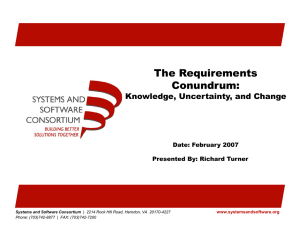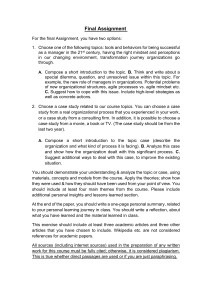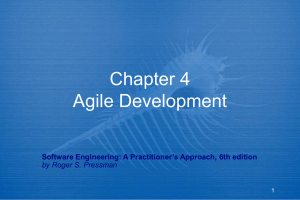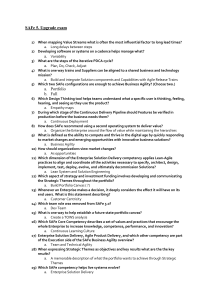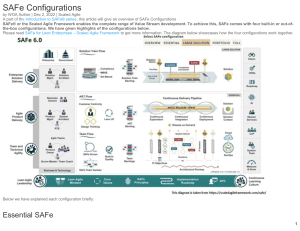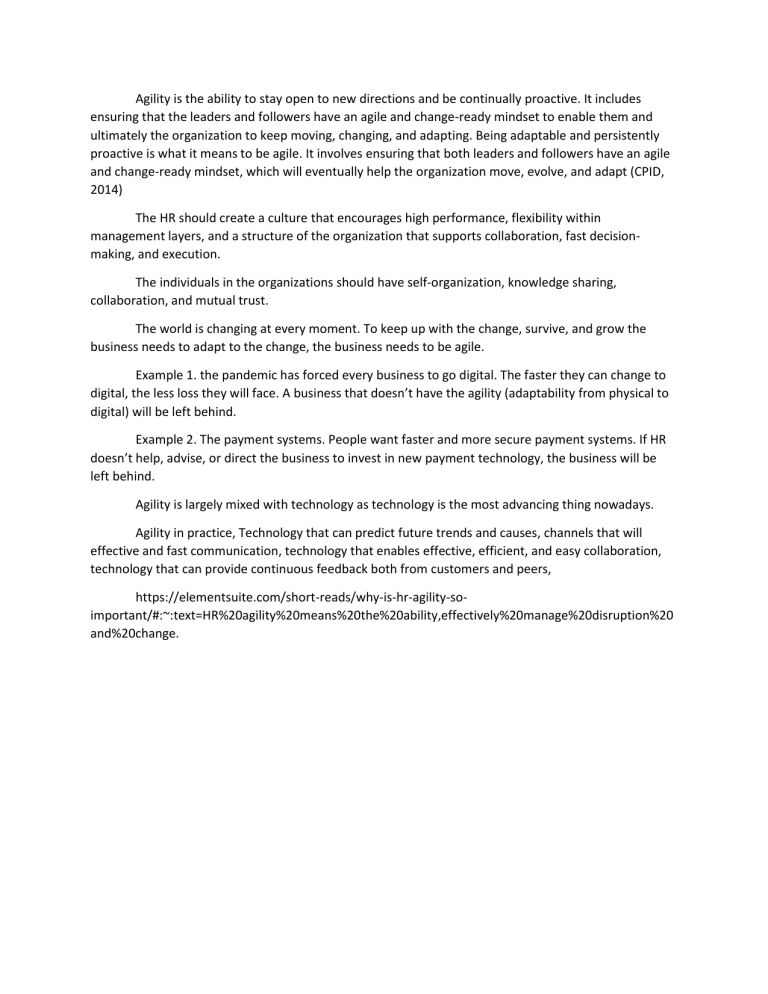
Agility is the ability to stay open to new directions and be continually proactive. It includes ensuring that the leaders and followers have an agile and change-ready mindset to enable them and ultimately the organization to keep moving, changing, and adapting. Being adaptable and persistently proactive is what it means to be agile. It involves ensuring that both leaders and followers have an agile and change-ready mindset, which will eventually help the organization move, evolve, and adapt (CPID, 2014) The HR should create a culture that encourages high performance, flexibility within management layers, and a structure of the organization that supports collaboration, fast decisionmaking, and execution. The individuals in the organizations should have self-organization, knowledge sharing, collaboration, and mutual trust. The world is changing at every moment. To keep up with the change, survive, and grow the business needs to adapt to the change, the business needs to be agile. Example 1. the pandemic has forced every business to go digital. The faster they can change to digital, the less loss they will face. A business that doesn’t have the agility (adaptability from physical to digital) will be left behind. Example 2. The payment systems. People want faster and more secure payment systems. If HR doesn’t help, advise, or direct the business to invest in new payment technology, the business will be left behind. Agility is largely mixed with technology as technology is the most advancing thing nowadays. Agility in practice, Technology that can predict future trends and causes, channels that will effective and fast communication, technology that enables effective, efficient, and easy collaboration, technology that can provide continuous feedback both from customers and peers, https://elementsuite.com/short-reads/why-is-hr-agility-soimportant/#:~:text=HR%20agility%20means%20the%20ability,effectively%20manage%20disruption%20 and%20change.
